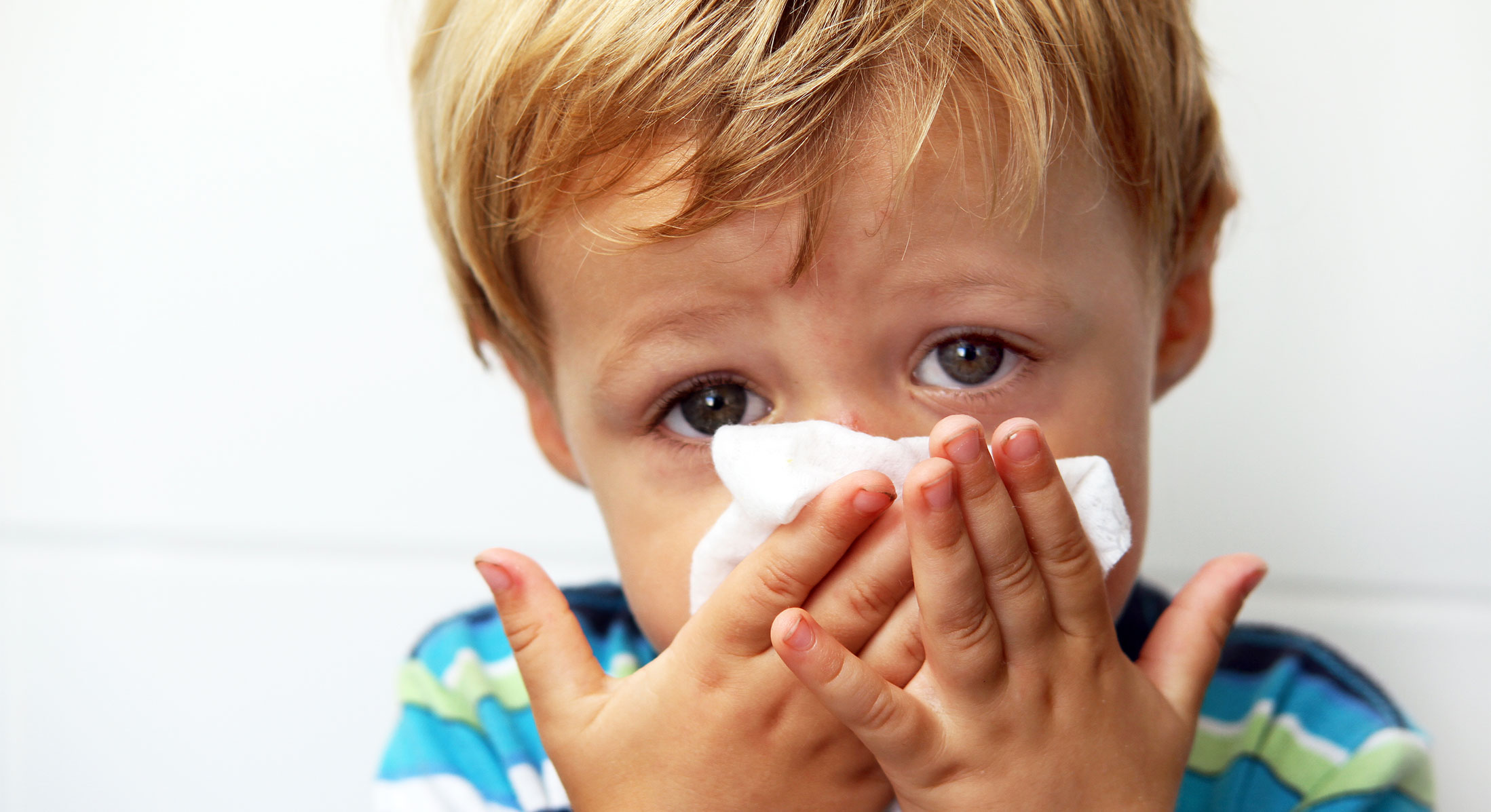There is a link between gut microbiota and allergies in children
An allergy, which develops mainly in childhood, is the immune system’s overreaction to a harmless substance, which causes symptoms such as diarrhea, asthma or hives. The most common food allergies are peanuts, milk and eggs, while pollen and dust are the main respiratory allergens. It is already known that children with allergies have differences in their gut microbiota compared to healthy children, but little is known about which specific bacteria could drive their development.
The gut microbiota produces molecules that can influence the immune system and thus plays a central role in allergy. A study by De Fillippis et al. found some of the responsible bacteria by studying the gut microbiota of 30 healthy control children and 90 children affected by food and respiratory allergies. Fecal samples were collected at inclusion, and all study subjects were then followed for at least 36 months to monitor occurrence of immune tolerance or allergic conditions.
The gut microbiota composition of allergic children differs from that of healthy children
The first finding is that allergic children have a higher abundance of specific bacteria compared to healthy children. For example, they had a higher number of the bacterium Ruminococcus gnavus, which is linked to the consumption of high-fat foods. These bacteria, present in higher proportions, can produce molecules that stimulate inflammation. In addition, allergic children were lacking some Bifidobacteria, as well as some beneficial fiber-degrading bacteria.
The researchers also noted a difference in gut microbiota composition between the two types of allergies (food versus respiratory), suggesting that, in case bacteria are causal, different species may cause each type of allergy.
It is interesting to note that some bacteria are present only in children born by caesarean or vaginal delivery, while no link was found between bacteria related to delivery type and allergy.
The researchers further noted that the strains of R. gnavus found in allergic children had a lower ability to degrade fiber and produced a bacterial cell wall with pro-inflammatory properties, indicating that these bacteria can trigger an overreaction of the immune system. In addition, the strains have a strong ability to adhere to the gut epithelium, which may also triggers a cascade of inflammatory responses.
The gut microbiota of children who are no longer allergic shows a specific evolution
After repeated exposure to an allergen, the immune system of the allergic child can stop overreacting to the substance, which means the child no longer has symptoms. That is called tolerance. Dr. Canani’s team showed that, at baseline, the gut microbiota of children who develop tolerance is different to that of children who remain allergic. Bacteria that are thus implicated in immune tolerance acquisition could be a new target for researchers looking into probiotic therapy.
In conclusion, the authors found many potential targets on which to focus the development of probiotic therapy. Indeed, manipulation of the gut microbiome could be a promising approach for new preventive and therapeutic strategies against allergy.
Reference:
De Filippis F, Paparo L, Nocerino R, Della Gatta G, Carucci L, Russo R, et al. Specific gut microbiome signatures and the associated pro-inflamatory functions are linked to pediatric allergy and acquisition of immune tolerance. Nature Communications. 2021;12(1):5958.


